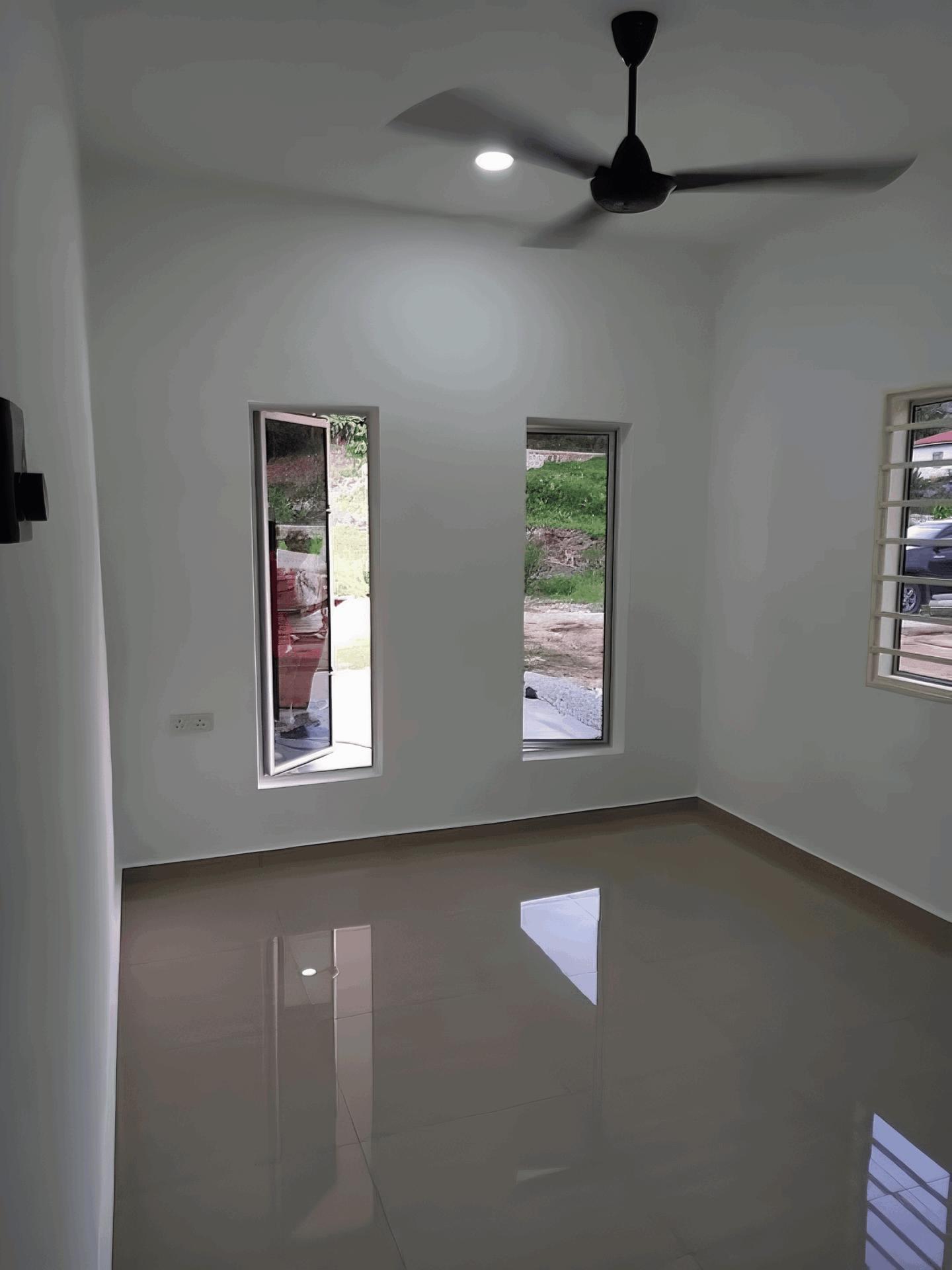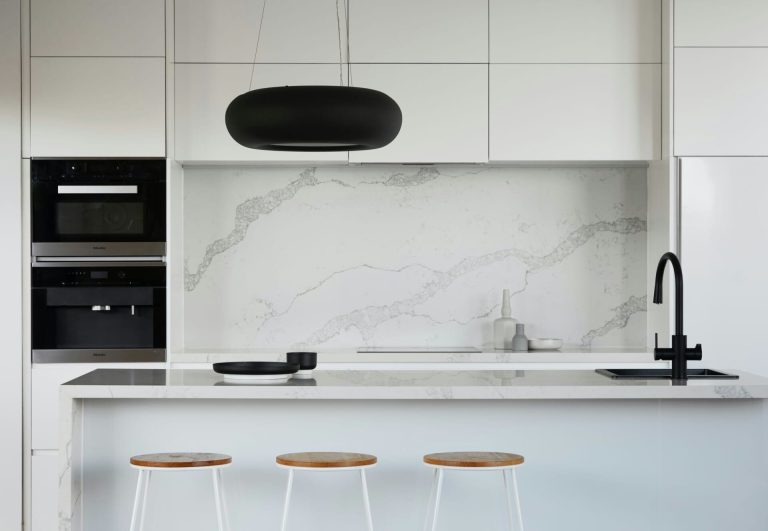Tips for Establishing Good Communication with Your Contractor
When embarking on a home renovation or construction project, one of the key factors that can determine the success of your endeavor is the quality of communication you establish with your contractor. Effective communication not only fosters a positive working relationship but also ensures that your vision is understood, and expectations are clearly laid out. In a world where misunderstandings can easily spiral into costly delays or unsatisfactory results, honing your communication skills becomes essential.
Navigating the intricate dynamics of home improvement requires more than just technical know-how; it demands an investment in dialogue, clarity, and collaboration. Whether it’s discussing design elements, budgeting concerns, or timelines, being able to articulate your needs and preferences while also being receptive to your contractor’s expertise can create a harmonious working environment.
In this article, we will explore practical tips and strategies for establishing good communication with your contractor. From the initial meeting to the final walkthrough, we aim to equip homeowners with the tools needed to foster a relationship that promotes transparency, trust, and successful project outcomes. Join us as we delve into the art of creating an open line of communication that not only enhances your project experience but also ensures that your dream home becomes a reality.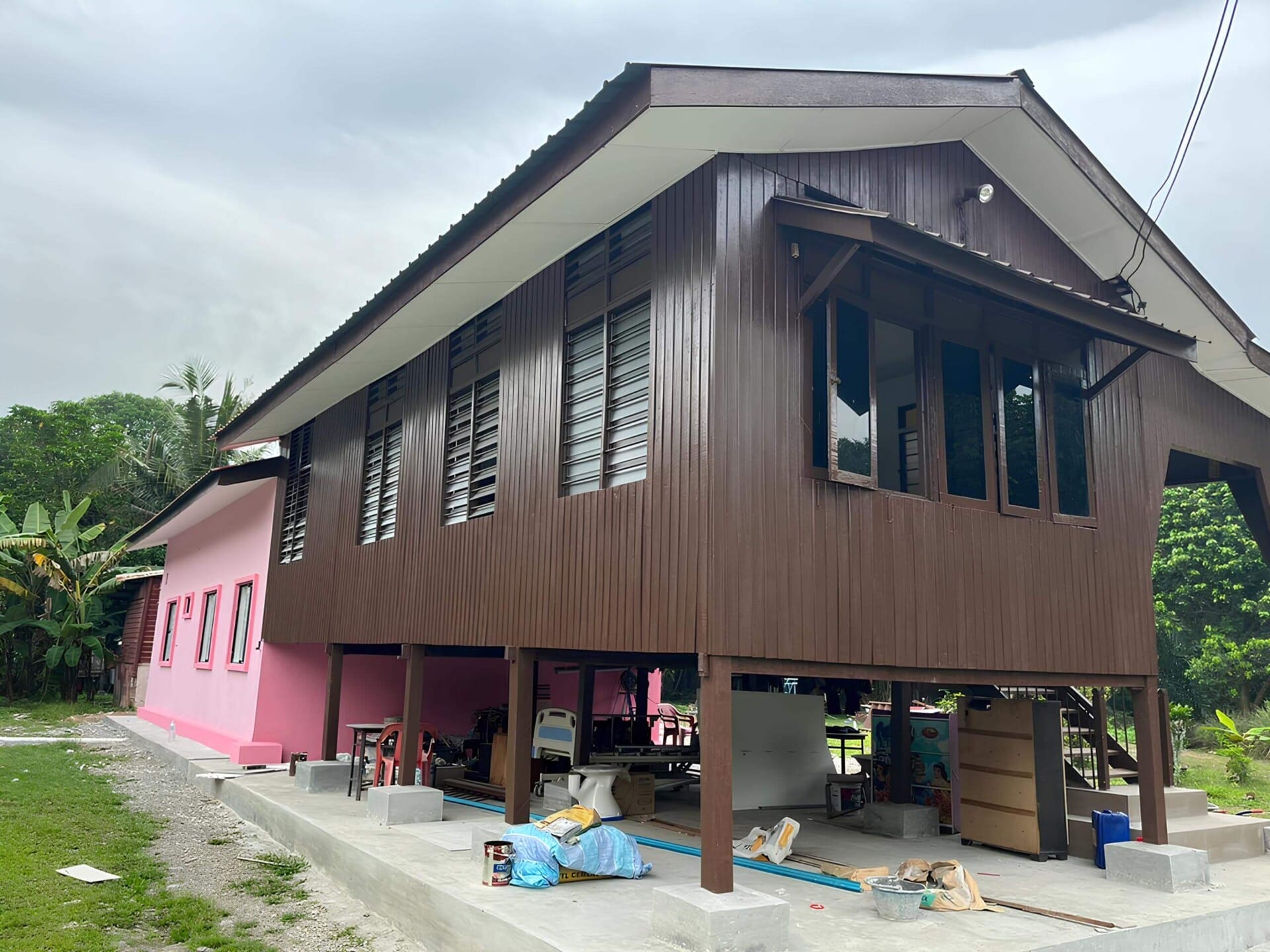
Understanding Your Project Vision and Goals
To initiate a successful partnership with your contractor, it’s crucial to clearly define your project’s vision and objectives. Begin by articulating your ideas, preferences, and desired outcomes in a way that both inspires and informs. This not only sets the tone for your collaboration but helps the contractor understand the essence of what you are aiming to achieve. Consider discussing aspects such as:
- Design preferences: Share images or links to concepts that resonate with your vision.
- Functionality: Clarify how you envision the space being used.
- Budget constraints: Be transparent about financial limits from the start.
Furthermore, breaking down your goals into tangible milestones can significantly streamline the communication process. Identifying key performance indicators (KPIs) can help track progress and ensure that both you and the contractor are aligned. For example, establishing deadlines for specific phases of the project can help maintain momentum and accountability. The following table provides a simple outline of sample milestones:
| Milestone | Description | Deadline |
|---|---|---|
| Design Approval | Finalize and approve design plans. | End of Month 1 |
| Foundation Completion | Finish groundwork and foundations. | Mid Month 2 |
| Project Handover | Final walkthrough and handover of project. | End of Month 4 |
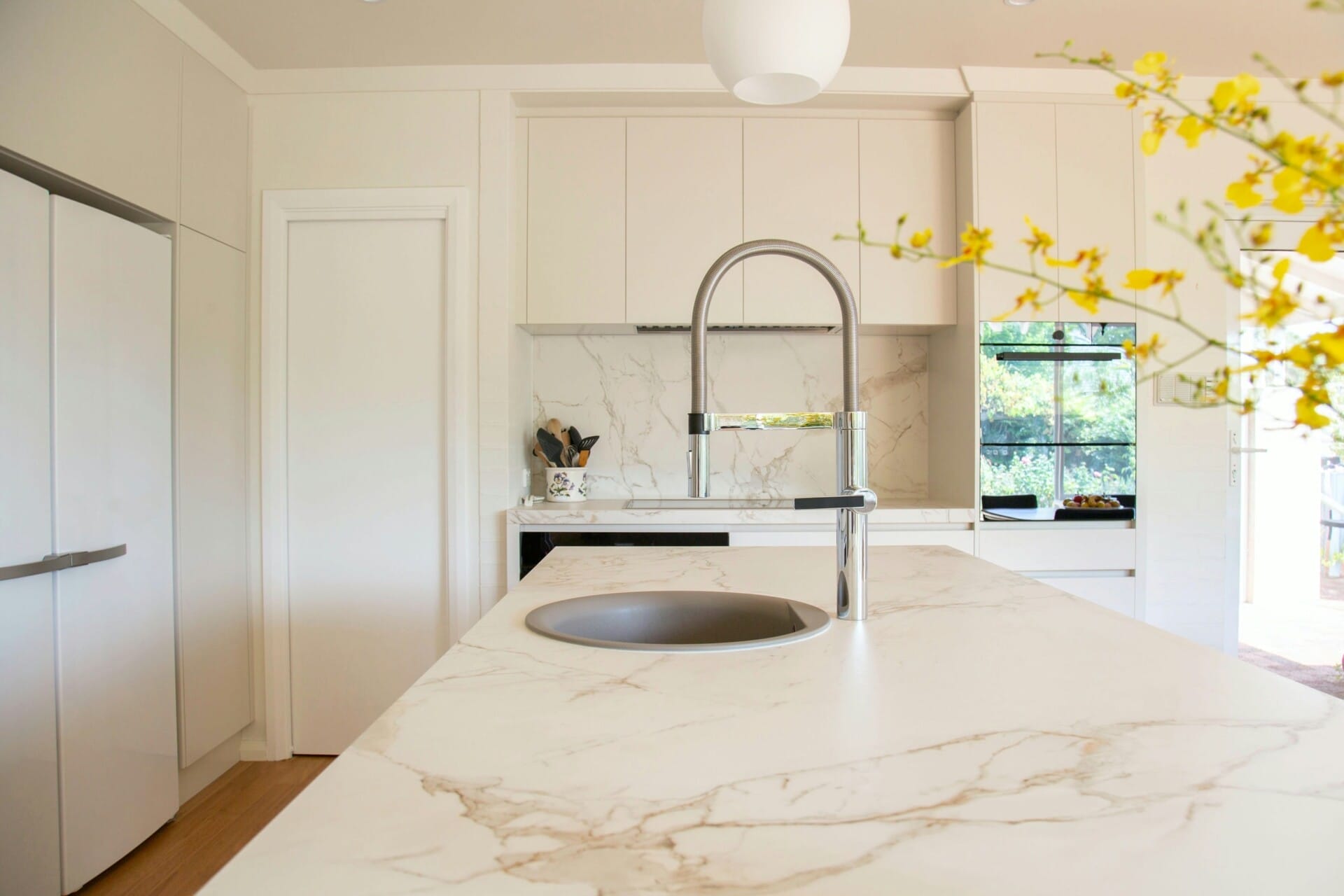
Building Trust through Open Dialogue
Establishing a strong relationship with your contractor hinges on effective communication. Creating an environment where both parties feel comfortable expressing their thoughts can lead to more successful project outcomes. To facilitate open dialogue, consider implementing regular check-in meetings. These sessions can serve as a platform to discuss project status, challenges, and upcoming decisions, fostering a collaborative atmosphere and ensuring alignment on project goals.
Another essential aspect of building trust is being transparent about expectations and limitations. Clearly convey your vision, desired outcomes, and budgeting constraints from the outset. Doing so minimizes confusion and helps your contractor understand what success looks like for you. Make use of visual aids, such as concepts or sketches, to illustrate your ideas, and encourage your contractor to share feedback or suggestions that could enhance the project.
Lastly, active listening is a critical component of effective communication. Make it a point to fully engage with your contractor during discussions. Practice repeating back what you understand, which shows that you value their insights and are committed to understanding their perspective. Consider the following elements to boost active listening:
- Ask open-ended questions to encourage elaboration.
- Maintain eye contact to demonstrate attentiveness.
- Take notes during meetings to capture critical points.
By prioritizing transparency, engagement, and listening, you’ll cultivate a strong, trusting relationship with your contractor, steering your project toward a successful completion.

Establishing Clear Expectations and Guidelines
Setting clear expectations from the outset can significantly enhance the relationship with your contractor. Begin by drafting a detailed project brief that encompasses all aspects of the job, including scope, timelines, and desired outcomes. This document not only serves as a roadmap but also acts as a reference point throughout the project. Additionally, encourage open dialogue about any uncertainties, ensuring both parties have a comprehensive understanding of their roles and responsibilities.
Creating guidelines for communication can help streamline updates and feedback. Consider implementing a structure for regular check-ins, whether through weekly meetings or status reports. Be clear about preferred communication channels, whether it’s via email, phone, or project management software. This way, both you and your contractor can keep track of progress while quickly addressing any concerns without miscommunication.
To facilitate a successful partnership, set measurable goals and milestones. This can be effectively illustrated using a simple table, which outlines key phases of the project, expected outcomes, and deadlines. Such visual aids can promote accountability and ensure that everyone is on the same page as the project progresses.
| Project Phase | Expected Outcome | Deadline |
|---|---|---|
| Initial Planning | Project Brief Completion | Week 1 |
| Design Phase | Final Designs Approved | Week 3 |
| Implementation | Work Commenced | Week 4 |
| Project Review | Final Adjustments Made | Week 6 |
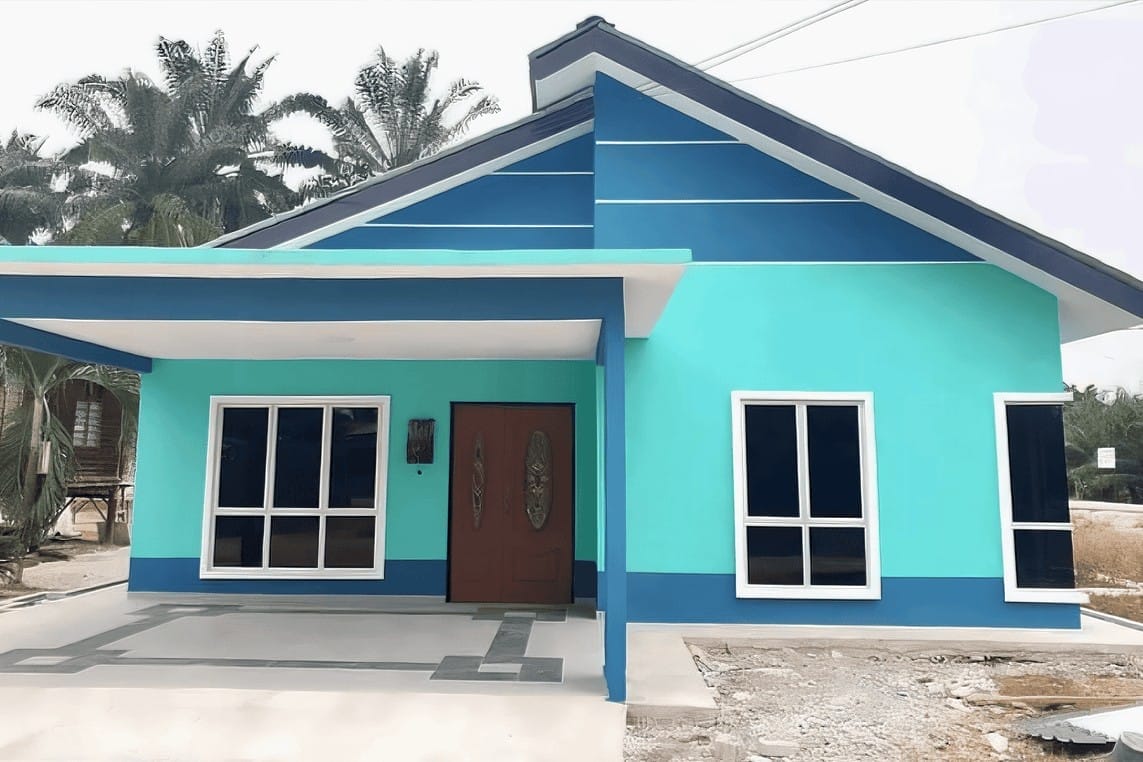
Maintaining Consistent Follow-Up and Feedback
Establishing a regular rhythm in communication with your contractor is crucial to ensuring that your project stays on track. One effective method is scheduling weekly or bi-weekly check-ins, which allows both parties to address any issues, provide updates, and refine project goals. These meetings can be held in person or via virtual platforms, depending on logistical needs. Keep these discussions focused to maximize productivity:
- Review progress: Verify that milestones are being met as planned.
- Address concerns: Bring up any potential problems or delays.
- Adjust timelines: Be open to altering deadlines based on project developments.
Feedback is a two-way street. It’s important to not only provide constructive criticism but also to encourage feedback from your contractor about your preferences and expectations. A well-defined feedback loop fosters transparency and trust. You might consider the following strategies to enhance this exchange:
- Use visual tools: Share diagrams or project boards to illustrate ideas clearly.
- Encourage open dialogue: Create a safe space for your contractor to share their insights.
- Document feedback: Keep records of discussions to refer back to when needed.
As the project evolves, so too should your communication practices. Utilizing collaboration tools can improve efficiency and ensure that everyone is on the same page. For example, setting up a shared document or employing a project management app can help streamline interactions. Below is a simple comparison of popular tools that can aid in maintaining consistent communication and tracking project progress:
| Tool | Features | Best For |
|---|---|---|
| Trello | Visual task management, boards | Project tracking |
| Slack | Real-time messaging, channels | Team communication |
| Asana | Task assignments, deadlines | Project management |
Q&A
Q&A: Tips for Establishing Good Communication with Your Contractor
Q: Why is communication with my contractor so important?
A: Effective communication lays the foundation for a successful project. It ensures that both parties are on the same page regarding expectations, timelines, and budget. Good communication helps to prevent misunderstandings, which can lead to costly delays and frustrations down the line.
Q: What’s the best way to start the communication process?
A: Begin by establishing clear lines of communication. Discuss your preferred methods—whether it’s phone calls, emails, or in-person meetings—and agree on a response time for inquiries. This sets a professional tone and fosters a sense of teamwork from the outset.
Q: How can I clearly convey my vision for the project?
A: Visual aids can be incredibly helpful. Consider creating a mood board or compiling images from magazines or websites to illustrate your ideas. Additionally, be specific about your goals, desired outcomes, and any specific details or features that are important to you.
Q: Should I schedule regular check-ins with my contractor?
A: Absolutely! Regular check-ins allow for ongoing dialogue, which helps to address any issues as they arise. Whether it’s a weekly update or bi-weekly meeting, this practice helps ensure that the project is on track and allows for timely adjustments if necessary.
Q: What should I do if I have concerns during the project?
A: Voice your concerns as soon as they arise. Approach the conversation calmly and constructively. Use “I” statements, such as “I feel concerned about…” to express your feelings without sounding accusatory. This opens a dialogue, making it easier to resolve issues collaboratively.
Q: How can I make sure my contractor understands my budget?
A: Be upfront about your budget from the beginning. Share the maximum amount you are willing to spend and discuss potential flexibility. It’s also a good idea to ask for a detailed breakdown of costs so you can see where your money will be allocated, making it easier to adjust if necessary.
Q: What should I document throughout the project?
A: Keep a record of all communications—emails, texts, and notes from meetings. Document decisions made, changes to the original plan, and any agreements reached. This creates a clear historical context and can serve as a reference point if disputes arise.
Q: How do I know if my contractor is communicating effectively?
A: An effective contractor is proactive in communication. They should provide regular updates, respond promptly to your questions, and explain any changes coherently. Pay attention to whether they listen to your concerns and consider your feedback in their work.
Q: What’s the final tip for ensuring good communication?
A: Foster a respectful and open-minded relationship. Effective communication is a two-way street, so be receptive to your contractor’s expertise and suggestions. After all, they bring valuable experience to the table that can enhance the quality and efficiency of your project. Remember, collaboration is key!
To Conclude
fostering effective communication with your contractor is the cornerstone of a successful project. By implementing these tips—setting clear expectations, establishing regular check-ins, and promoting an open dialogue—you can create a collaborative atmosphere that benefits both parties. Remember, a project built on trust and transparency is more likely to meet your vision and remain on schedule. So, as you embark on your next endeavor, keep these strategies in mind; they may not only enhance your experience but also pave the way for future collaborations. After all, every project is a partnership, and with a bit of effort in communication, you can build something truly remarkable together.
